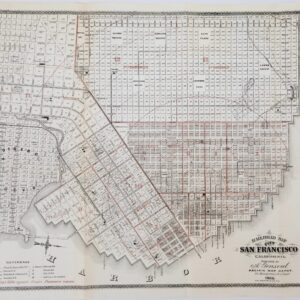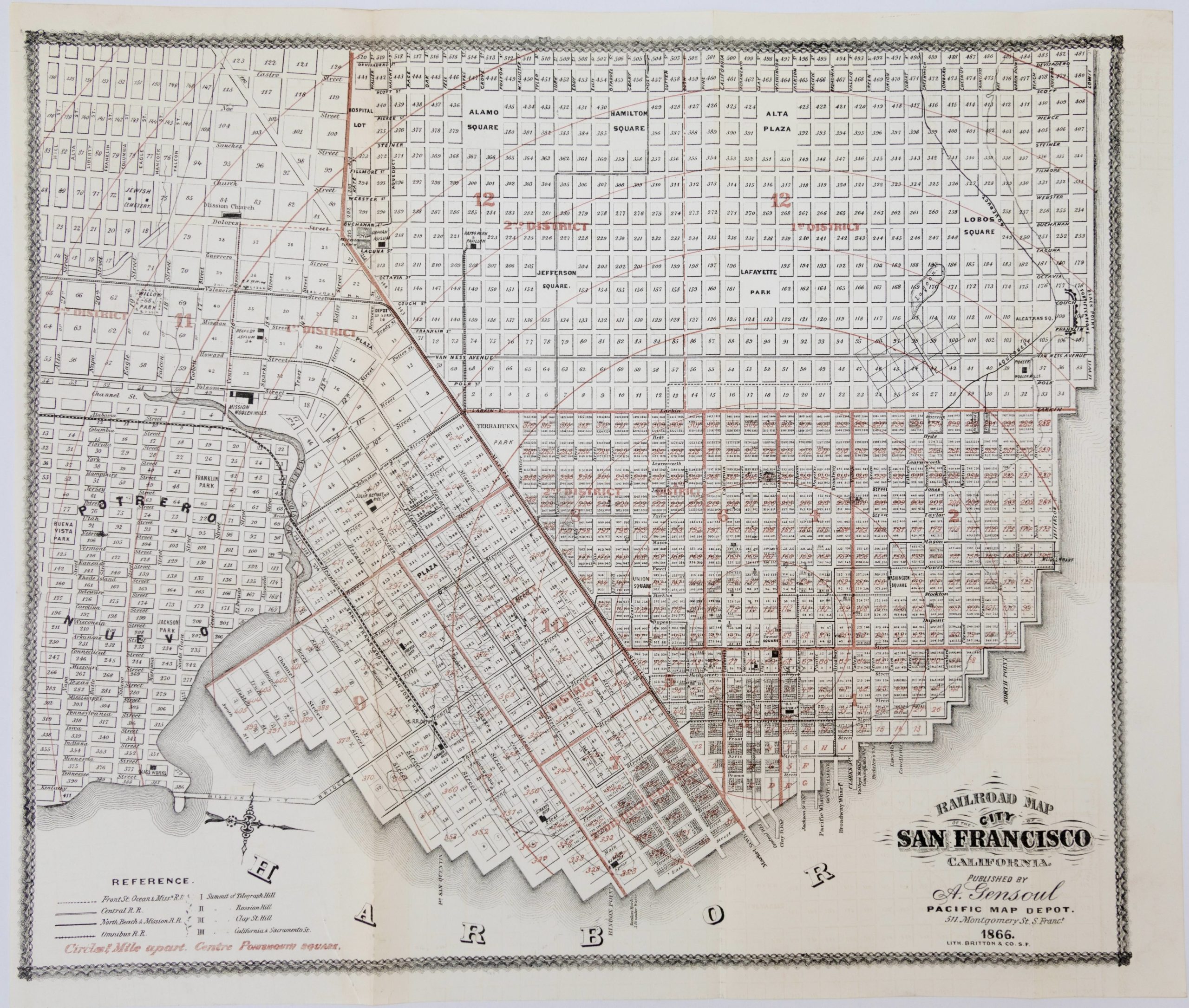This lovely early example of Britton & Rey’s iconic plan of Golden Gate Park is an anchor of San Franciscan identity: It speaks to us about origins and progress, urban renewal and civil rights, and is ultimately a testimony to the city’s grand but turbulent history.
Map Showing Golden Gate Park, the Avenue and Buena Vista Park. Scale 400 ft. to 1 inch.
Out of stock
Description
To many San Franciscans, Joseph Britton and Jacques Joseph Rey’s maps of Golden Gate Park constitute familiar renditions of a much-loved San Francisco landmark. This map was published in multiple editions and states, often in municipal reports and publications, with each new edition reflecting the latest urban developments. Yet despite their somewhat obscure and non-commercial origin, the progressive development shown in each new edition has made the Britton & Rey maps of Golden Gate Park a modern collectors’ classic.
Neatline’s example of this map is the 1893 edition, among the earliest examples available on the market. It is, in essence, the ‘original state’ upon which all the later editions of this well-known plan were constructed. It was likely published as an appendix to the municipal report “Twenty-Second Annual Report of the Board of Park Commissioners of San Francisco” since it was in this annual report that later editions of the same map were issued. That this is indeed the source of the map is corroborated by the fact that Buena Vista, Golden Gate, and Mountain Lake were the only three San Francisco parks that fell under the jurisdiction of the Board of Park Commissioners prior to the new charter of 1897.
The map is horizontally oblong, measuring 53 by 10 inches, and shows the park in its entirety: from D Street and Fulton in the north to H Street in the south; and from Baker Street in the east to the Pacific coast in the west. In the more built-up eastern end of the park, we find some of the institutions that still adorn it today, including the Conservatory of Flowers, the John Abram Garfield Monument, and the ballpark that eventually would become Kezar Stadium. The nursery shown in the same area was moved further into the park after the construction of the first Kezar Stadium in the 1920s.
On the northern and southern sides of the park, the map includes a single block of housing; on the eastern fringe of the park, a considerable part of Haight Ashbury has been included to show the full pathway system of the Panhandle. In general, the Panhandle is not the only historic landscape feature included outside of the main park. In the lower right corner of the map, we also find the oldest public park in San Francisco. Established in 1867 as the Hill Park, this green oasis was later renamed Buena Vista due to its elevation and the spectacular views of the city and bay that this created.
In general, this map speaks to us about San Francisco’s exciting historical development from a small frontier town to a locus for some of the most significant strides in American culture and technology throughout the 20th (and 21st) century. The cartographers make this progress evident with each new state of this map. Thus, while it may seem obscure to the uninitiated, this wonderful chart is a testimonial from the past, telling us that even in a dynamic city like San Francisco, where changes are ubiquitous and constant, not everything is in as continuous flux as we might believe. We can look at this map and see not only the many changes but also how much has stayed the same.
Cartographer(s):
Britton & Rey (1852 – 1906) was a lithographic printing firm based in San Francisco and founded by Joseph Britton and Jacques Joseph Rey in 1852. Especially during the second half of the 19th century, Britton and Rey became the leading lithography firm in San Francisco, and probably California. Among their many publications were birds-eye-views of Californian cities, depictions of the exquisite landscapes, stock certificates, and no least maps. While Rey was the primary artist, Britton worked not only as the main lithographer but was essentially also the man running the business. In addition to their own material, the firm reproduced the works of other American artists like Thomas Almond Ayres (1816 – 1858), George Holbrook Baker (1824 – 1906), Charles Christian Nahl (1818 – 1878), and Frederick August Wenderoth (1819 – 1884). Following Rey’s death in 1892 Britton passed the form on to Rey’s son, Valentine J. A. Rey, who ran it until the great earthquake and fire of 1906 destroyed most of the company’s assets.
Joseph Britton (1825 – July 18, 1901) was a lithographer and the co-founder of the prominent San Francisco lithography studio Britton and Rey. He was also a civic leader in San Francisco, serving on the Board of Supervisors and helping to draft a new city charter. In 1852, he became active in lithography and publishing, first under the name ‘Pollard and Britton,’ and then ‘Britton and Rey,’ a printing company founded with his friend and eventual brother-in-law Jacques Joseph Rey. Britton and Rey became the premier lithographic and engraving studio of the Gold Rush era, producing letter sheets, maps, and artistic prints.
Jacques Joseph Rey (1820 – 1892) was a French engraver and lithographer born in the Alsatian town of Bouxwiller. At the age of about 30, he emigrated to America, eventually settling in California. Here, he soon entered into a partnership with local entrepreneur and civic leader Joseph Britton. Three years later, Rey also married Britton’s sister, allowing his business partner and brother-in-law Britton to live in their house with them. Rey and Britton were not only an important part of the San Francisco printing and publishing scene but also owned a plumbing and gas-fitting firm. In the early years, both men would sometimes partner up with others on specific projects, but by the late 1860s, their partnership was more or less exclusive.
Condition Description
Professionally backed for stability and strength. Very good.
References
![PORT OF SAN FRANCISCO. WHERE THE FAR EAST BEGINS [Japanese language version]](https://neatlinemaps.com/wp-content/uploads/2021/01/NL-00879_Thumbnail-300x300.jpg)
![PORT OF SAN FRANCISCO. WHERE THE FAR EAST BEGINS [Japanese language version]](https://neatlinemaps.com/wp-content/uploads/2021/01/NL-00879_Thumbnail.jpg)
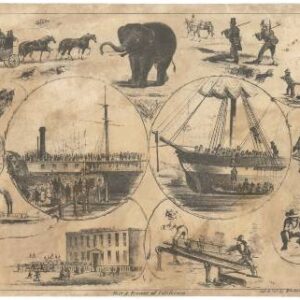
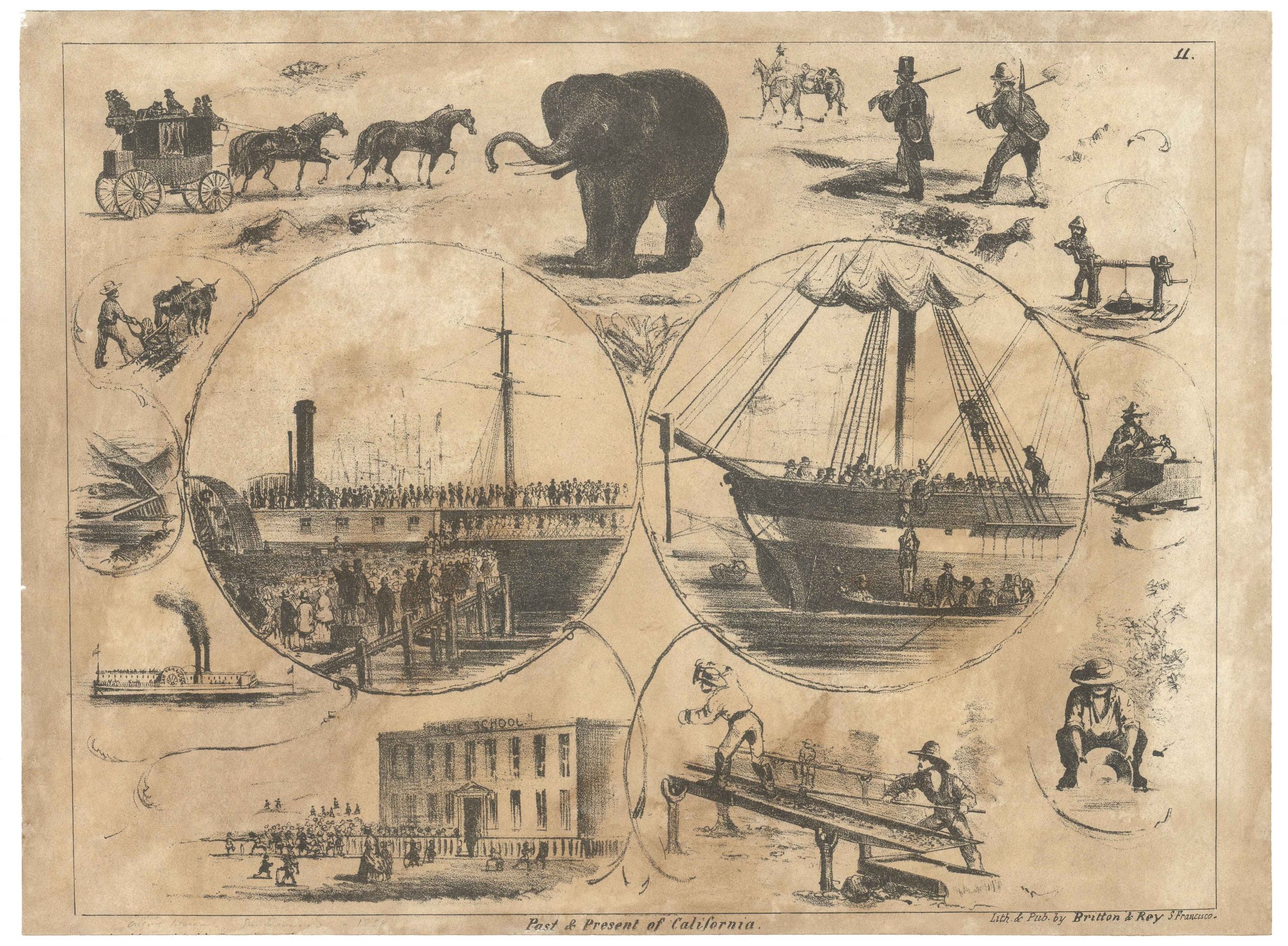
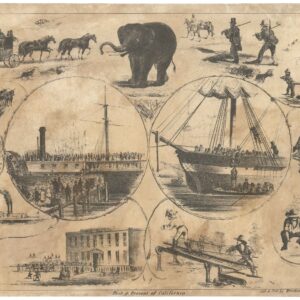
![[1906 EARTHQUAKE PANORAMA – FINANCIAL DISTRICT]](https://neatlinemaps.com/wp-content/uploads/2020/10/Screen-Shot-2023-02-06-at-6.55.56-PM-300x300.png)
